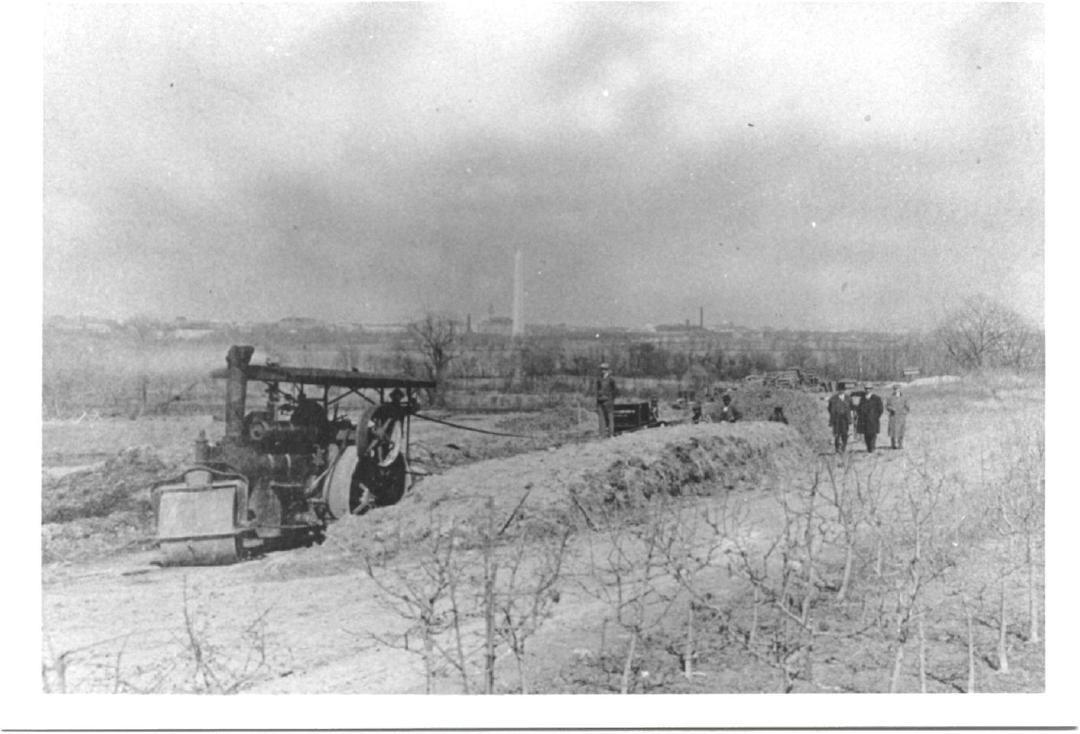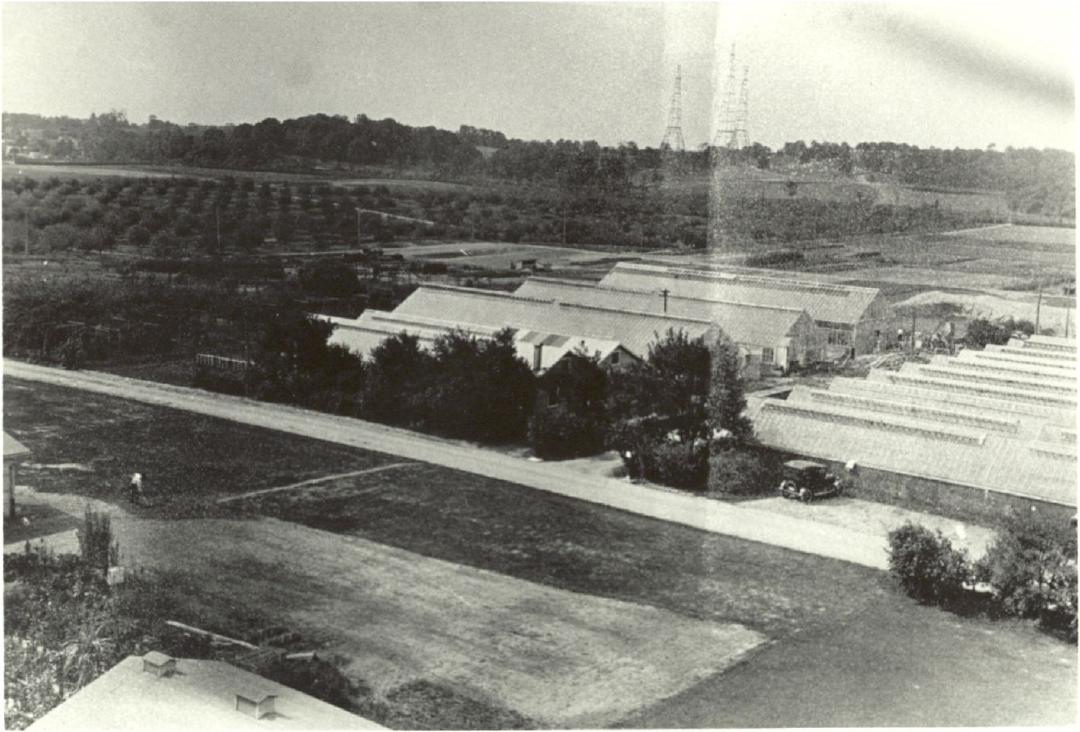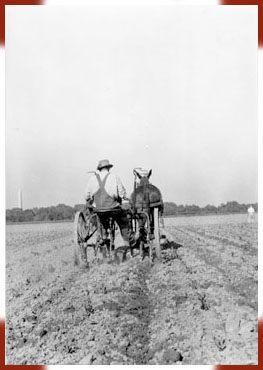Arlington Experimental Farm
The idea for an agricultural experimental farm was suggested as early as 1797 by George Washington

They studied plant diseases, the length of time for plant growth, cultivation methods, fertilizer and irrigation effects, the effects and length of different kinds of storage, and the amount of production yields.
On March 3, 1899, Congress directed Virginia to transfer the portion of what was known as the Arlington estate, in Alexandria County, not needed for other government purposes to the US Department of Agriculture for the establishment of a central agricultural experimental station and it became the Arlington Experimental Farm.
The idea for an agricultural experimental farm was suggested as early as 1797, by George Washington in his second inaugural address. But it wasn’t until after the Civil War in the late 1880s that the idea received serious attention. One hundred years later, in 1897, a bill was introduced to establish an experimental farm but the War department was hesitant to release the 500 acres suggested for a farm when they thought they might need it for the Arlington National Cemetery. But no further action was taken and according to a recommendation by the Committee on Military Affairs, the land had become unsightly and was in full view of Washington, D.C. On the last day of Session, March 3, 1899, congress authorized the Secretary of War to use 75 acres as agricultural testing grounds. In the next session, Congress authorized another 325 acres.
The tract was located just east of Arlington National Cemetery and extended from the Alexandria and Georgetown Road to the Potomac River. The Washington, Alexandria, and Mt. Vernon Railroad ran parallel to this road. Preparing the land was a big undertaking. It took three years to get the land ready for agricultural experimentation. There were many springs, large drainage ditches and several large streams flowing from the cemetery into the Potomac. Trees, bushes, and underbrush were cut down and removed. Fort Myer’s horse paddocks supplied a lot of manure for the farm. In 1912 alone, 2,195 wagonloads were spread.
Experiments were wide in scope. They studied plant diseases, the length of time for plant growth, cultivation methods, fertilizer and irrigation effects, the effects and length of different kinds of storage, and the amount of production yields. The farm was open to the public and visitors were welcomed.
The farm expanded another 50 acres after the War Department dredged the river and filled in the low marshy areas adjacent to the farm. Parts of Columbia Island were also reclaimed. But flooding was a constant problem.
After World War I, pressure increased from the Army to use the land for the cemetery. By 1932, the Bureau of Plant Industry began shifting its work to Beltsvile, Maryland and other sites elsewhere in the country. In 1940 Congress ordered the farm to shut down operations. In 1942, the transfer back to the army was complete. Part of the land would become Arlington Farms housing for female war workers while other sections were used for Pentagon construction and the national cemetery.
Images


